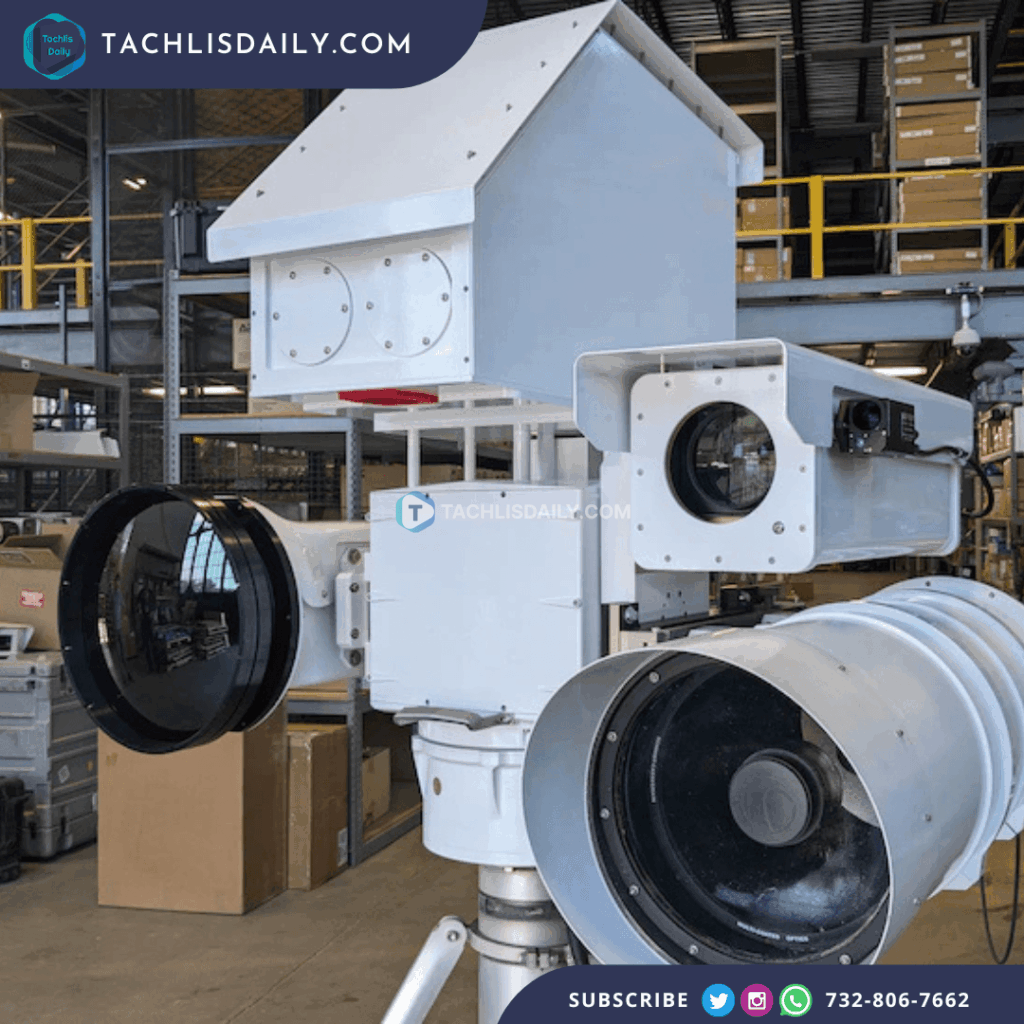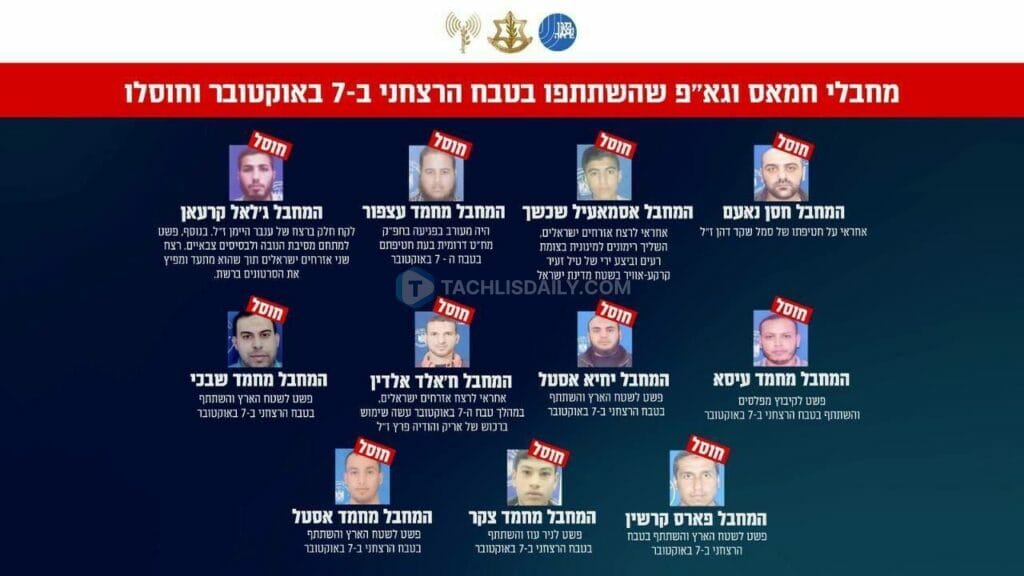Around Washington, D.C., the National Capital Region is partially protected by an integrated air defense system installed after 9/11 to keep an eye on the skies and defend against airborne threats. It’s monitored through a network of cameras and lasers that are in the process of being upgraded.
The new, artificial intelligence-based visual recognition and identification system is spread throughout the NCR and offers an exponential increase in capability compared to the old system. Known as the Enhanced Regional Situational Awareness system, the ERSA system is closely monitored by the Eastern Air Defense Sector in Rome, New York.
“If we need to validate some radar data that we can’t for sure say what it is, we can utilize the camera system as an asset to look in that set location to assist in the validation process,” said Air Force Master Sgt. Kendrick Wilburn, a New York Air National Guardsman and the noncommissioned officer-in-charge of capabilities and requirements at the Joint Air Defense Operations Center at Joint Base Anacostia-Bolling in Washington, D.C.
The JADOC hosts a National Guard squadron from EADS that, in partnership with the Army, operates ERSA. When there are perceived threats within the NCR, the JADOC ERSA operators act as an extension of the sector to rapidly assess the situation and determine if they need to warn unauthorized air traffic to get out of the NCR Special Flight Rules Area.
The new ERSA cameras each have a naked eye-type of view known as an electro-optical visual, as well as an infrared view of the landscape. Made by small tech company Teleidoscope, they’re replacing a system that was installed in 2002, which had replaced the initial cameras installed after 9/11.
Wilburn said the new AI-capable cameras are a vast improvement over the legacy system.
“You have an extended range — you can see further. We went from standard definition to high definition. The fidelity is incredible,” Wilburn said. “On the infrared side, you have multiple enhanced features like IR colorization. For example, you could utilize a RGB filter to where … the object that we’re tracking sticks out via heat signature.”
A laser range finder allows operators to shoot an eye-safe laser at an object to measure its altitude and distance. There are also some machine-learning elements to the system, such as an enhanced auto-tracking feature that has various locking modes.
“The system itself tries to identify what it believes the target to be, and then the operator can assess whether to override it or fine-tune it,” Wilburn said. “The more the feature is used, the better it’ll get.”
He said there have been a few growing pains, but that’s to be expected.
“The camera itself is amazing. We were able to acquire small targets such as a bird flying all kinds of patterns. It locked onto it and held that lock,” Wilburn said. “With the legacies , you’d have a harder time getting the system to do that.”
“You can imagine looking at the camera quality on your iPhone from 2011 to today,” said Marine Corps Maj. Nicholas Ksiasek, a Defense Innovation Unit project manager involved in the upgrade project. “Instead of trying to hold steady on the airplane … are able to spend more time on things that are better suited… like trying to think about what the intent is of the aircraft.”
The cameras also integrate a visual warning system, which is a laser that can illuminate the cockpit of an aircraft. The new lasers are used on aircraft that aren’t following an assigned flight plan and aren’t in radio contact or compliant with the Federal Aviation Administration’s special flight rules.
“Non-compliant aircraft are aware that, when they see the red-green laser, they need to turn to a heading away from the center of the flight restricted zone, or SFRA, as soon as possible and immediately contact the FAA to try to figure out why they’re being sparkled at,” Wilburn said, referring to lingo for the visual warning system when it’s in use. “There are times that I’ve used it … and are responsive to it.”
Without that option, military aircraft would have to be deployed to investigate — a much more costly alternative.
Teleidoscope’s cameras were tested out by air defense operators during the acquisition process. Two other companies were selected to create prototypes out of commercially developed and available technology. All three systems were installed and tested in 2022.
“They were able to see what worked best in their unique scenario,” Ksiasek said.
Wilburn said Teleidoscope’s software enhancements were what made its cameras stand out.
“That camera felt like it was an upgrade, versus the other ones were kind of like a refresh,” he said.
The Defense Innovation Unit helped Teleidoscope secure funding from the Air Force and the Accelerate the Procurement and Fielding of Innovative Technologies program to quickly field the new camera system.
Two of the new cameras have been installed and are operational. The team is working to install seven new cameras a year going forward.











